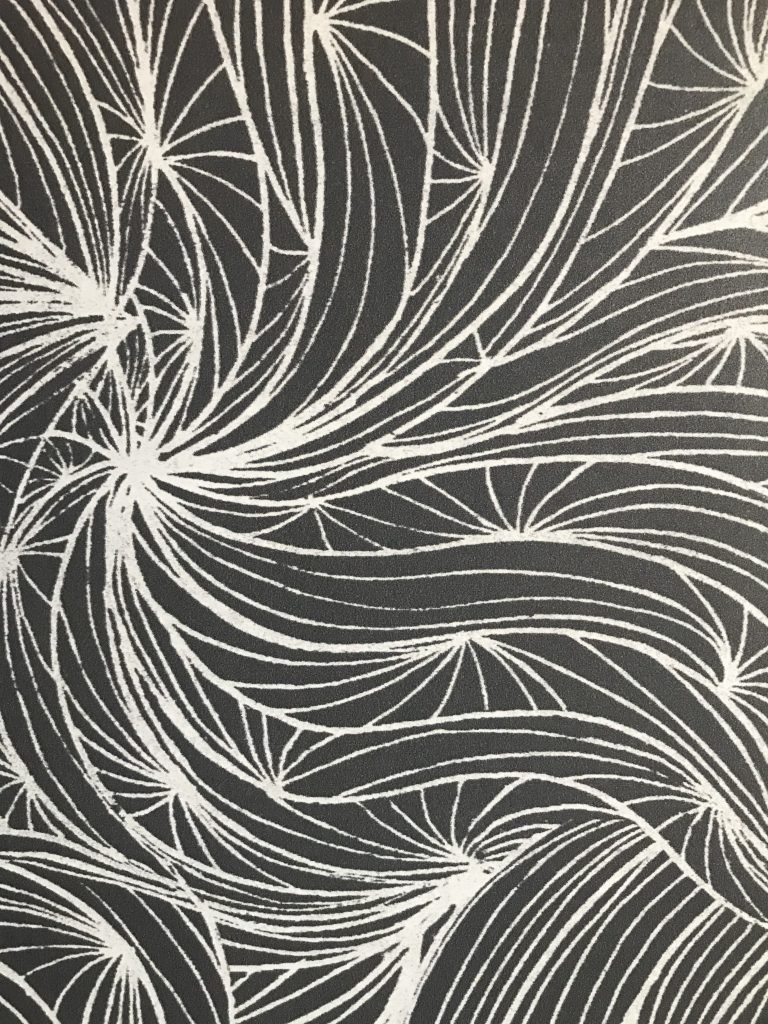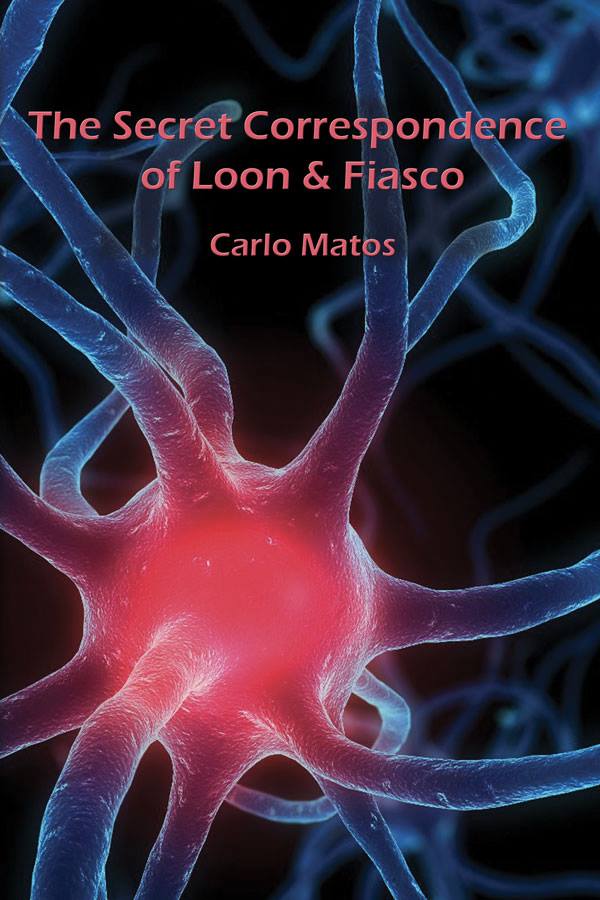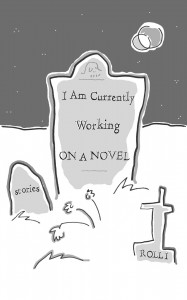
BY BERGITA BUGARIJA
I reserved my last day in town for the museum of contemporary art, the famous one. A must-see, Madge said when I told her about the trip. The fourth floor would change everything, she gushed, her voice breathy. Hardly, I thought, but didn’t have the heart to crush her zeal.
I entered the concrete and glass box. I don’t mind minimalism. Although, the vast, sprawling lobby was scary. A block of white granite in the middle, the reception desk, seemed like a life raft in a sea of spooky echoes. Murmuring multitudes studied colorful floor plans that, if followed as recommended by their own Madges, would change their lives.
First floor, Lichtenstein. Okay. Second, Mondrian. Fine. Third, Warhol. I get it. Kind of. And then the fourth, the inevitable: a square of gray. A mockery posing as art and all of us, certainly the Madges of the world, in on the prank.
Well, not me.
No one can tell me that a piece of gray painted canvas stretched on a frame is art. And the worst kind of gray, at that: nihilism gray. Not charcoal, not pebble, not mouse, not elephant, not concrete, not rainy day. Not smoke gray. Not ash gray. Not stone gray. Not gray hair gray.
Just gray. The synthetic kind, artificial like its callous attempt to make us second-guess our sanity, forgo our common sense, our instincts, our sensory grounded reality.
It’s not even that, like so much of contemporary “art,” the gray square made me feel I could have done it. Of course I could have. In five seconds. Madge’s hologram appeared before me emitting the art community’s worn-out comeback: You could have. But you didn’t. You know what? I wouldn’t have made this even if I could, or, for that matter, because I could! This shameless practical joke that went too far. Seriously, is this what I traveled miles for and paid money to see? This pretentious nonsense posing as a provocation, I suppose. Of what?
Oh, Madge…
Gray square like a gray cat; neither bad luck nor good fortune, just whatever. Not a majestic humpback whale gray, not a dewdrop translucent playful gray, none of the mystery of the fog gray. Even smog gray is more enigmatic than this dull one venerated at the world’s esteemed museum. Not moon, not London, none of the fifty shades from that bestselling erotic saga I never read but a friend told me all about. Even gray aluminum wall installations at any of the countless nondescript corporate headquarters have more depth and texture, more soul.
I don’t think this gray was even painted on the canvas, the charlatan artist didn’t even bother that much. What most likely happened is this poser bought a gray tarp from a knockoff Gucci handbag trafficker who used the cloth to bundle and transport the illicit cargo. So fascinating. Right, Madge?
My skin started to itch at the edge of my sweater sleeves.
The color of elegance, they say, of fine Italian suits. I say a warzone tent has more charm, more layers, more emotion. But no, let’s attribute to this gray square some deeper message, elevate it to a pedestal of a cliché metaphor like “the gray zone” symbolizing the absence of clarity and straightforwardness, the visual representation of the relativity zeitgeist. Or maybe it’s a social commentary on the gray economy, or a racial paradigm shift—the whirlpool of humanity in which all mingle victoriously color blind.
But wait. Maybe gray is a trickster. Officially achromatic, inoffensive, unassuming. Hm… Who are you kidding? What are you hiding, gray? Are you afraid that the nuance would overwhelm our fragile brains so we’d better not take a closer look?
I crossed the masking tape on the floor delineating the art’s personal space bubble.
Now up close, I inspected the travesty and guess what? It’s pixelated. And the pixels are not even gray but purple, peach, black, brown, indigo. Each pixel aware of its pigment, each more colorful than the next, playing their part, each anything but boring and meaningless, anything but meek, anything but safe. But all decidedly laying low, partaking in a camouflage orgy to create a deceivingly idle, harmless gray puddle, shun the attention, perpetuate an illusion of sameness, equality. All under the pretense of offering a generous respite for our overstimulated irises prancing along, uninterested in truth, preoccupied with distraction, counting on all to pass by unaroused, mindless, lifeless.
Neutral? Nice try, gray. All those pixels. What for? To glorify opacity and indecision? How brazen. How weak.
Just as the sweaty half ovals radiating from my pits reached my bottom ribs, the guard hushed that the museum was closing in a few minutes. I walked out the exit and breathed the fresh darkness, the streetlight polka-dotted night, the ease, order, the calm black and white.
Still, I was angry as anyone denied closure would be, fuming at Madge and the stupid gray square for wasting my life, for weaseling its way to that prestigious piece of wall real estate, blasé and arrogant, while so many worthy of the spotlight whimpered in bleak anonymity. How did the “artist” con the curator? How could the curator suspend all reason and allow that garbage to pass for art? What did they see? What could the “piece” possibly mean, what could it evoke, stir up? That drab, mute piece of nothing.
—

BERGITA BUGARIJA was born and raised in Zagreb, Croatia. After the War of Independence in the nineties she moved to Pittsburgh. Her fiction is forthcoming in Pleiades. She is at work on a collection of stories and a novel.
![[PANK]](https://pankmagazine.com/wp-content/themes/pank/assets/images/pank-logo-large.png)

 Image by Catherine Green
Image by Catherine Green LORI GREEN studied across genre at the New School’s Riggio Program for Writing and Democracy. Her work has appeared in Silver Needle Press, 12th Street Journal, and Whitevines Review. She lives, writes, and paints with her husband in Northeastern Pennsylvania.
LORI GREEN studied across genre at the New School’s Riggio Program for Writing and Democracy. Her work has appeared in Silver Needle Press, 12th Street Journal, and Whitevines Review. She lives, writes, and paints with her husband in Northeastern Pennsylvania.
 AMANDA OLIVER is a nonfiction MFA candidate at the University of California, Riverside. Her writing has appeared in Electric Literature, The Los Angeles Times, Vox, and more. She is currently at work on a book about being a librarian. She is @aelaineo across social media.
AMANDA OLIVER is a nonfiction MFA candidate at the University of California, Riverside. Her writing has appeared in Electric Literature, The Los Angeles Times, Vox, and more. She is currently at work on a book about being a librarian. She is @aelaineo across social media.
